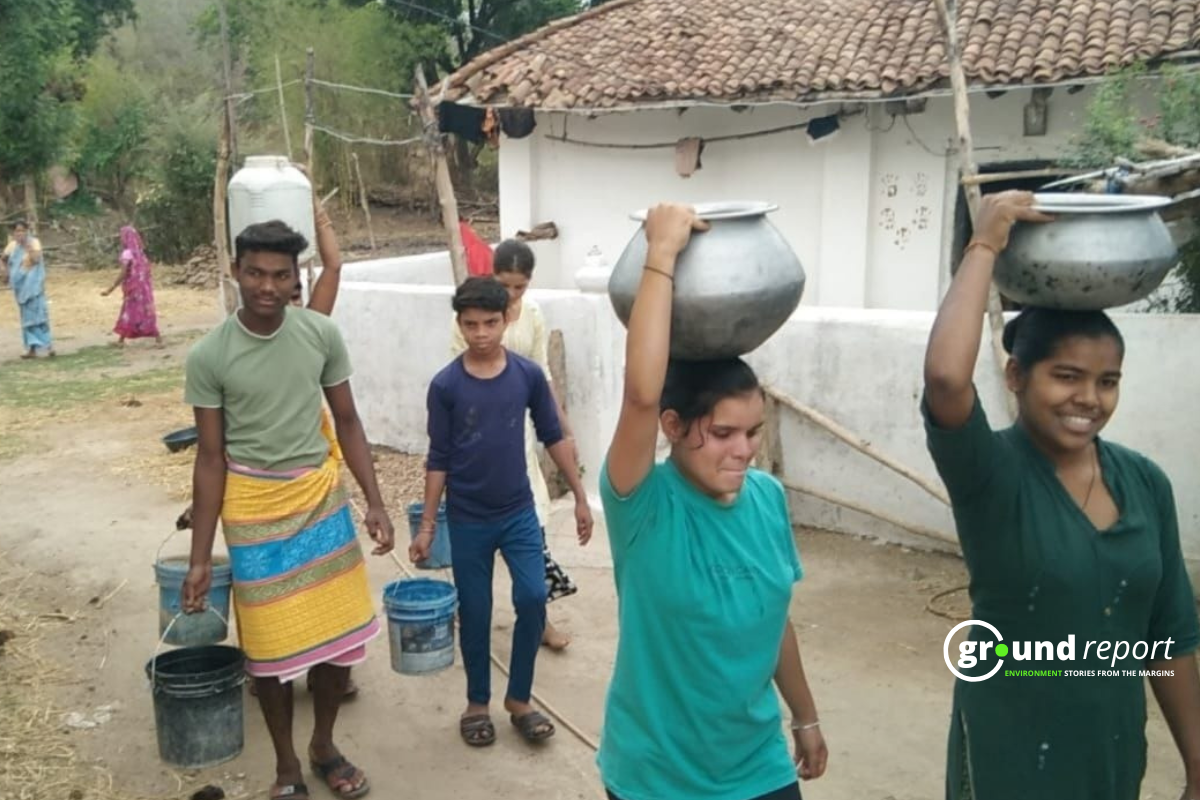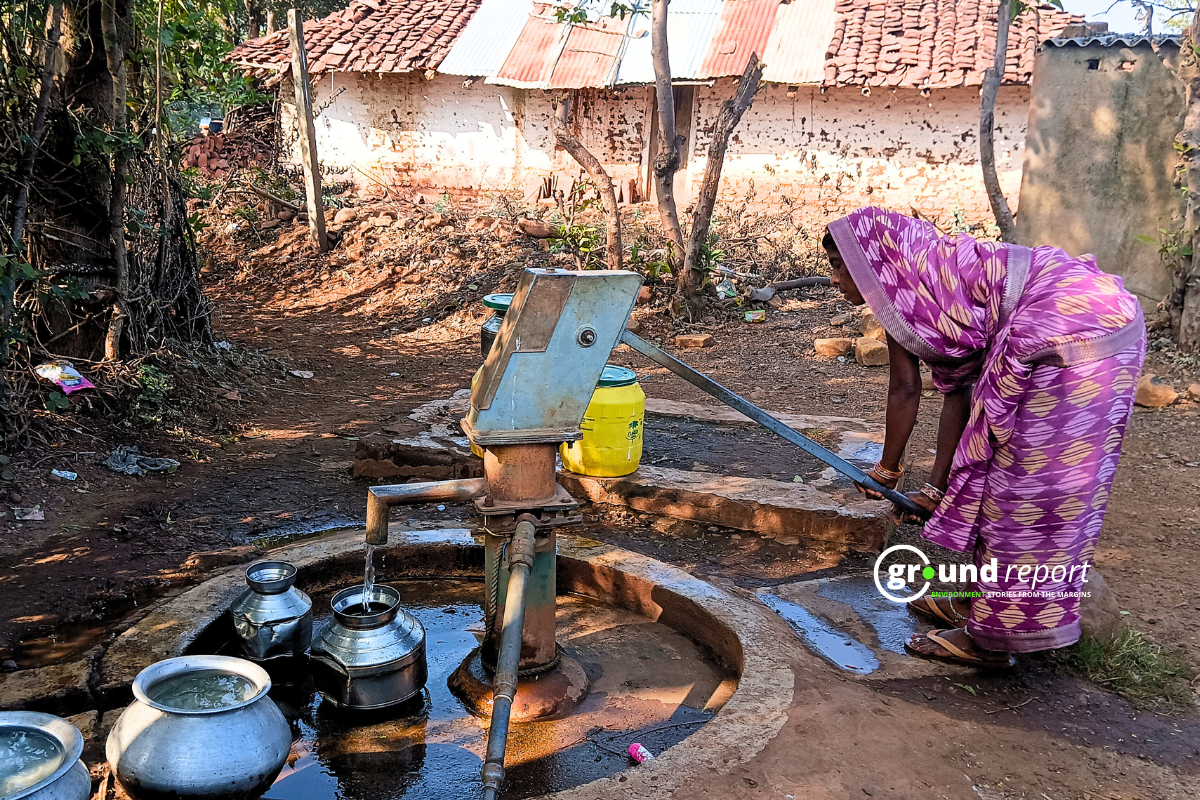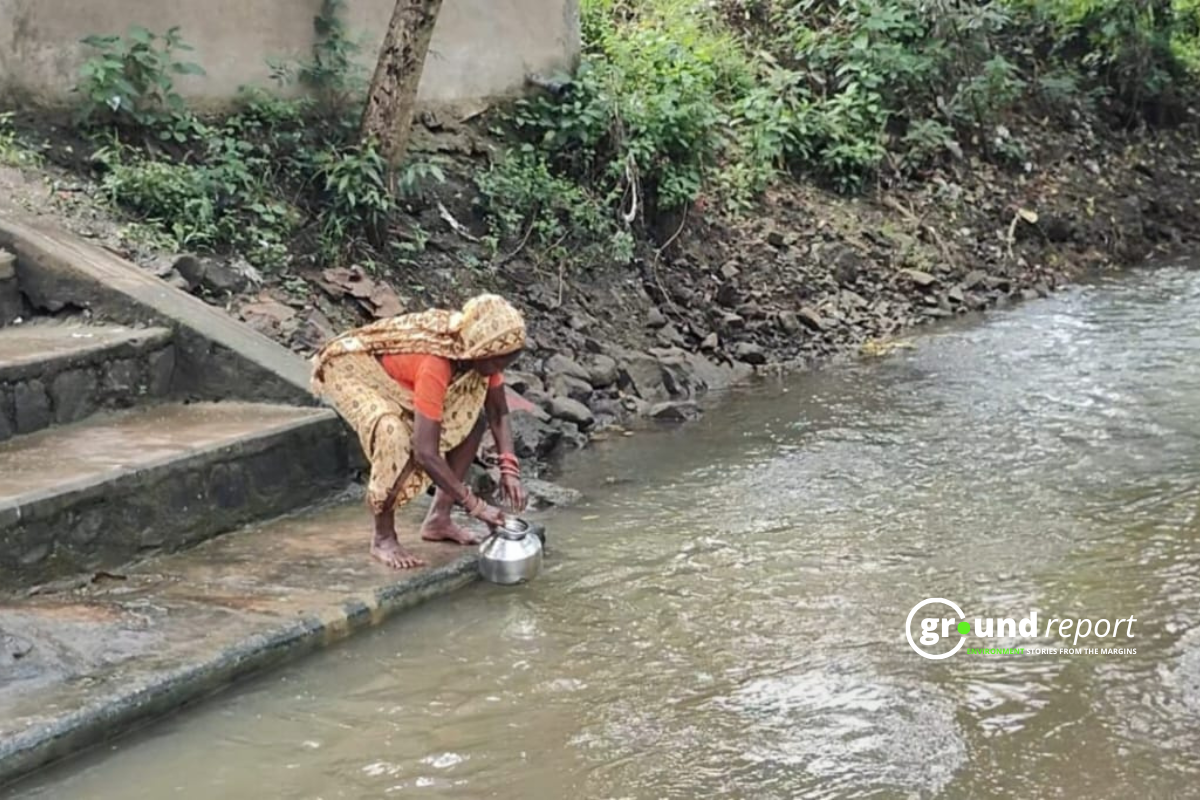Under Kendrapara district, residents of Bharatpur, Dianapatana, Jagannathpur and Mehandipur villages took to the streets last month demanding an immediate supply of potable water. Kendrapara is a coastal district in eastern Odisha. It was formed from the former district of Cuttack. It is located in the Central Coastal Plain Zone of Odisha. The rivers Mahanadi, Brahmani and Baitarani along with their distributaries form the drainage system of the district with mostly anastomosing drainage pattern in nature.
The study, conducted by Atma Shakti Trust and its partners– Odisha Shramajeebee Mancha and Mahila Shramajeebee Mancha– between January and mid-February this year, found that out of the 9,37,152 households surveyed, 40.55% of them lacked access to safe drinking water. The study was carried out in 9,856 villages from 866 gram panchayats in 89 blocks in 15 districts: Malkangiri, Koraput, Rayagada, Kandhamal, Nayagarh, Nuapada, Kalahandi, Bolangir, Sundargarh, Jharsuguda, Sambalpur, Gajapati, Boudh, Nabarangpur, and Deogarh.
The findings show that almost 6675 (56.12%) of villages consume polluted water. While 28.51% of locals drink murky water, 29.55% have iron in their water.
Water Scarcity in Kendrapara
Agriculture in the district is always subject to the vagaries of rainfall. Erratic rainfall occurs frequently, irrigation infrastructure in the district is poor, and the water gap between demand and supply is increasing year after year.
The average annual rainfall of Kendrapara is 1556 mm on 52.96 rainy days, out of which 80% rainfall occurs in the monsoon season (June to September). The district experiences a tropical hot and humid climate. According to a report by Jal Jeevan Mission, out of 3,04,725 households in Kendrapara district, a drinking water supply is available for 1,56,905 households. Similarly, 70 per cent of the households in only 501 villages out of 1,592 villages in the district are being supplied with drinking water. Drink from tap connection is less than 70 per cent in 501 villages.
With the depleting groundwater level, another study says that salinity intrusion into groundwater has turned it brackish in the Kendrapara district, and has polluted the coastal aquifers. It is common in coastal tracks. The causes of salinity intrusion along coastal blocks of Kendrapara are overexploitation of (GW) groundwater abstraction without significant recharge, and copious shallow, deep, and intake wells dug along the coastal buffer zone.
Major Initiatives
The Buxi Jagabandhu Assured Drinking Water to All Habitation (BASUDHA) scheme was launched in November 2018. This is a renewed version of the Government of Odisha’s Odisha Rural Drinking Water Programme (ORDWP). This scheme was launched in 2014-15 for universal access to drinking and domestic water for all rural people on a sustainable basis.
In a community-based approach in Odisha, the cadre of young people 50 per cent of whom are women, called Jala Bandhus (water stewards) are engaging with their communities to rejuvenate the water sources and conserve the land on which they depend. Since its inception in 2018, the intervention has helped 769 forest-dependent communities gain knowledge and build capacity. More than 30,000 households have been mobilised, 42,000 acres have been regenerated, and 22,800 water sources have been treated to address climate change-related water security threats, as per a report by the Global Centre on Adaptation.
Water-aid in their assessment noted,
“Both the centre and the state have not focused on supporting and empowering communities beyond installing the piped water infrastructure. The GP and communities are left with the sole responsibility for managing the systems. However, in the absence of appropriate levels of support from the government and other entities, many of the schemes are unable to deliver sustainable services even for a year or two after implementation.”
The situation demands an action plan to deal with the summer crisis every year more efficiently.
Follow Ground Report for Environmental News From India. Connect with us on Facebook, Twitter, Koo App, Instagram, Whatsapp and YouTube. Write to us at GReport2018@gmail.com and subscribe to our free newsletter.
Don’t forget to check out our climate glossary, and learn difficult environmental terms in simple language.










